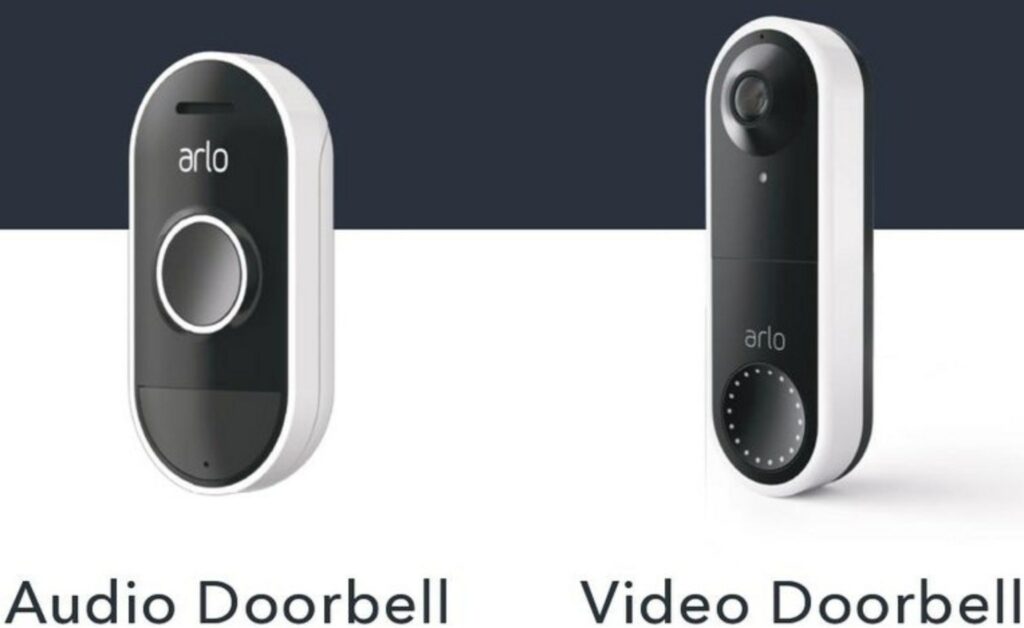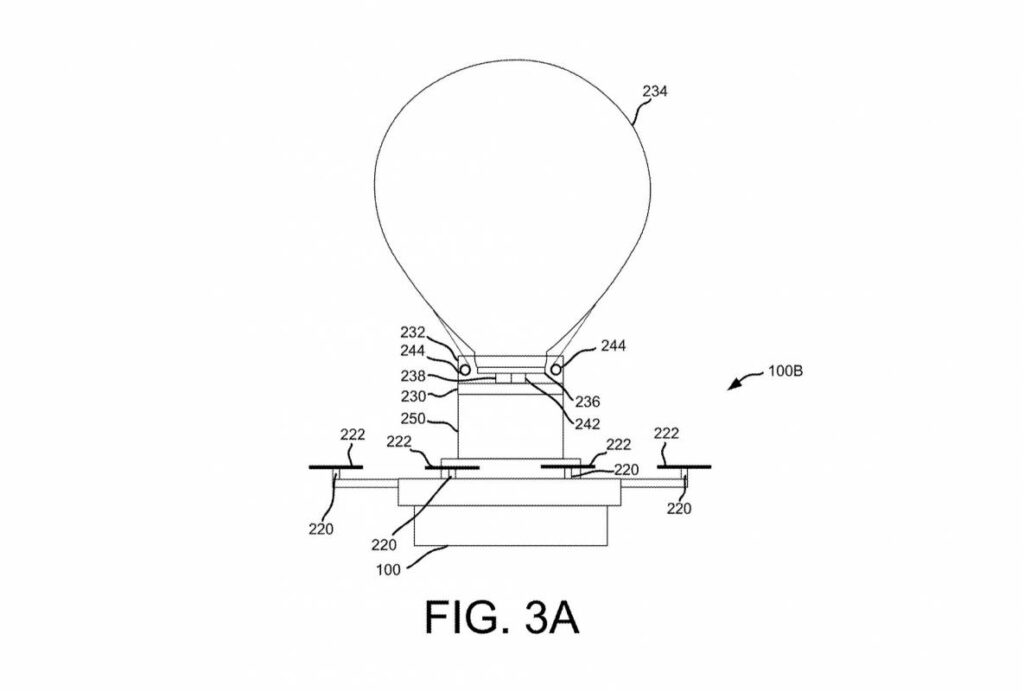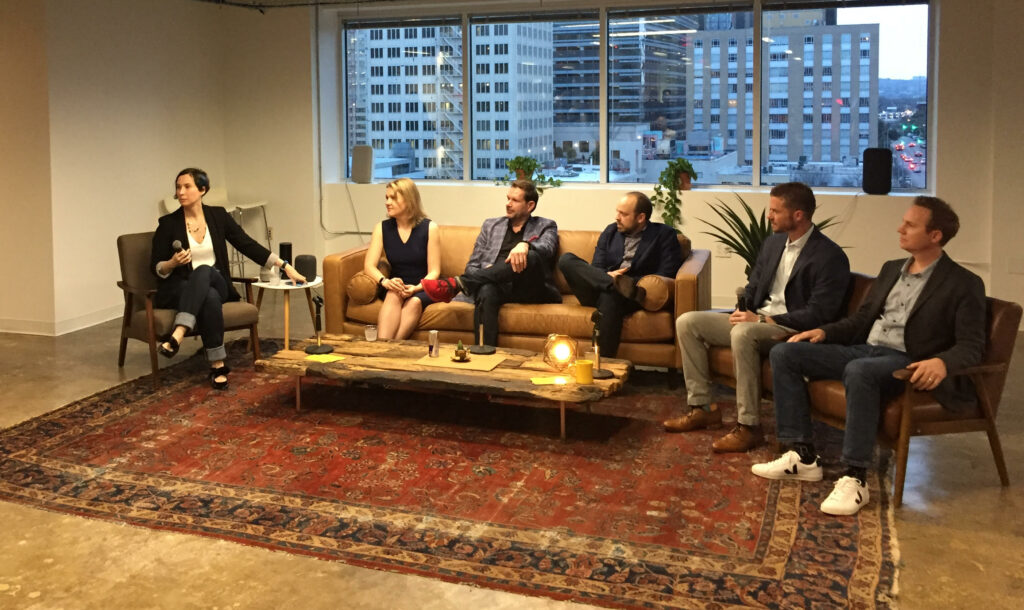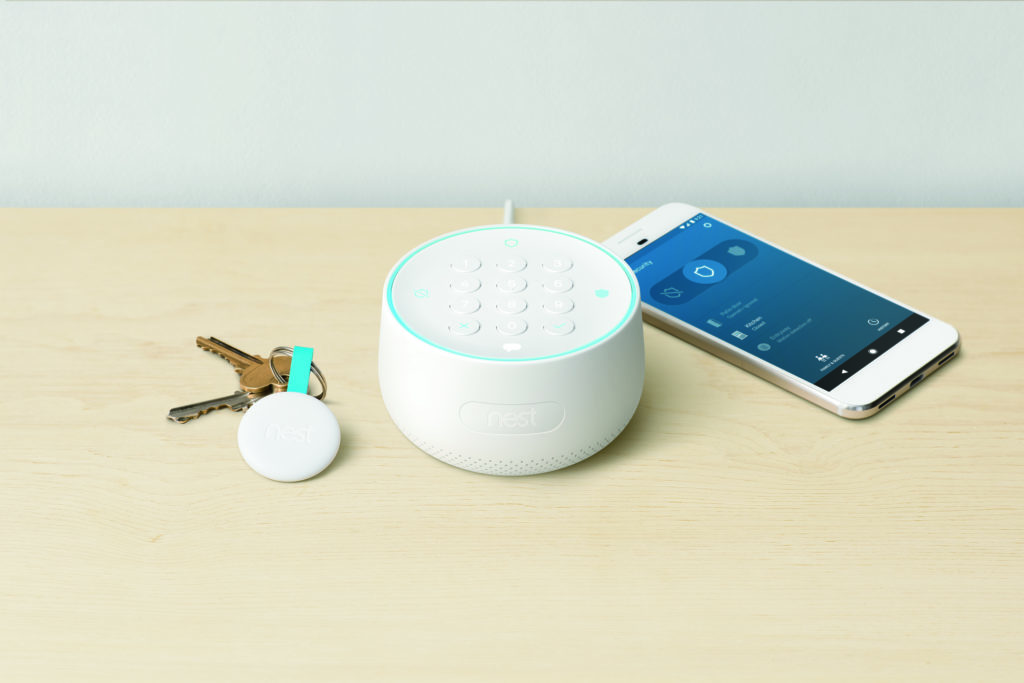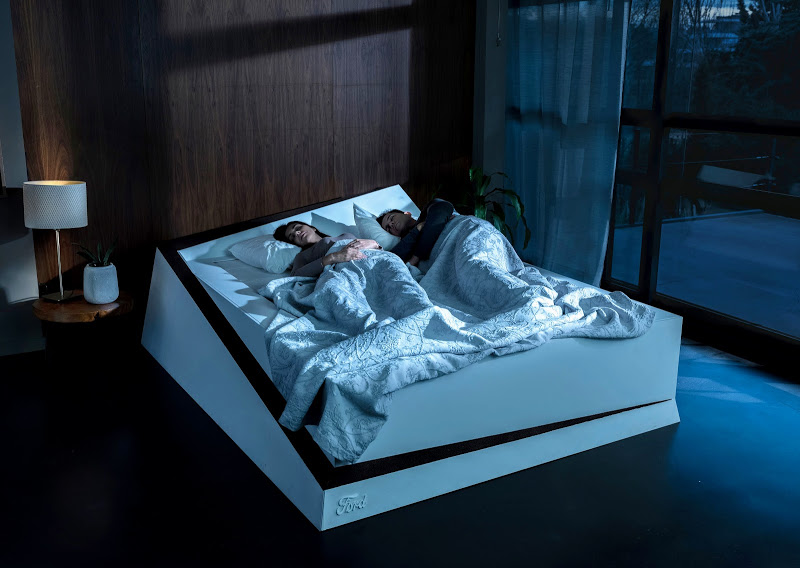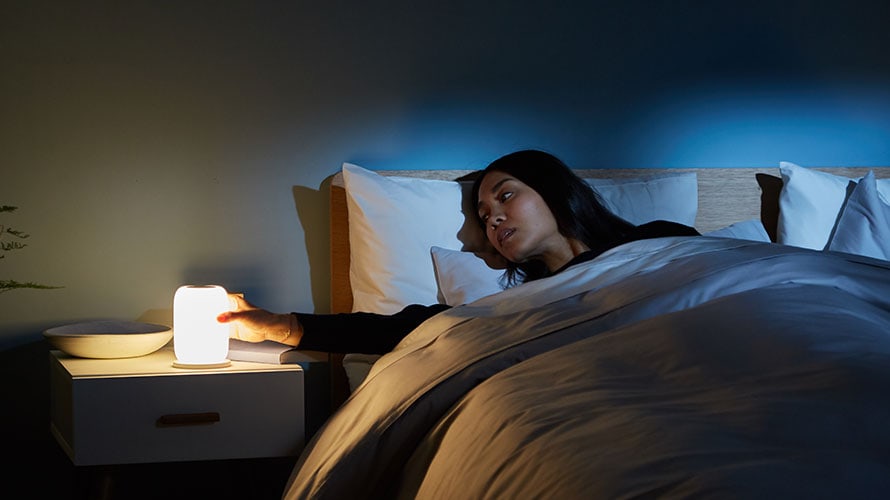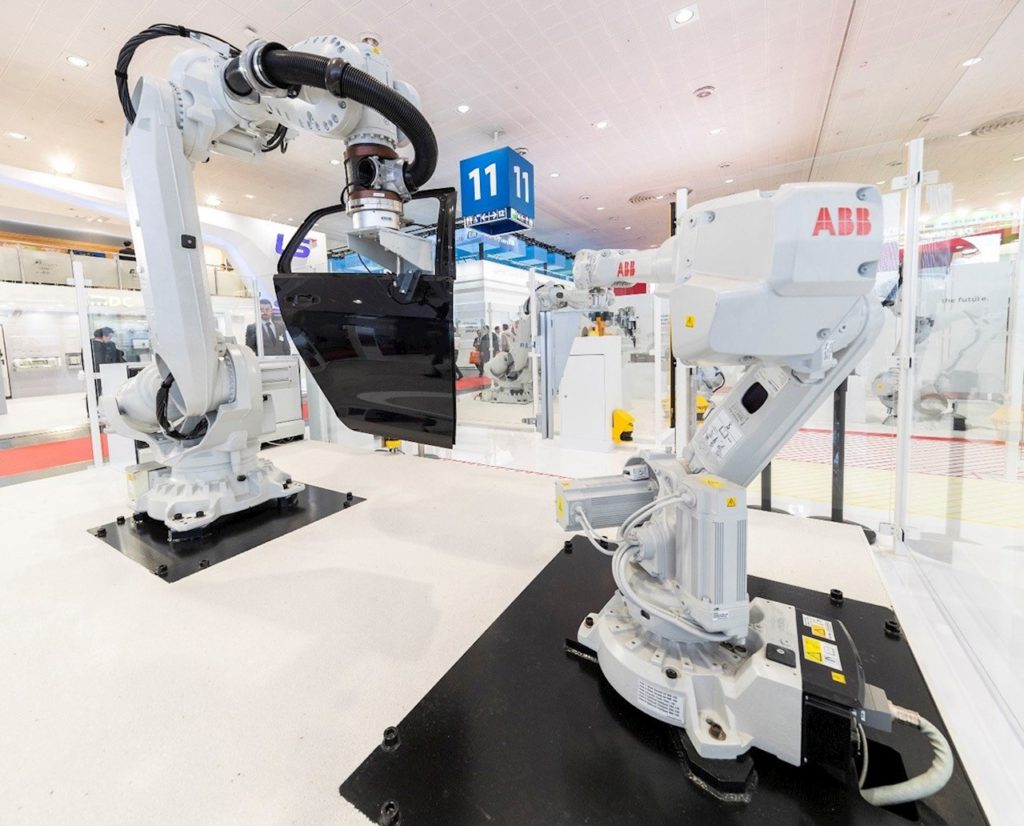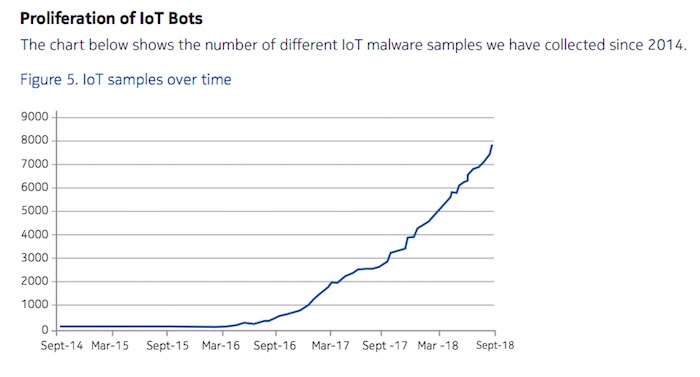This week’s podcast starts out with a focus on Clear Ventures’ new, $180 million venture fund dedicated to Industry 4.0. We stay with enterprise and industrial IoT to discuss a new round of funding for security firm VDOO and VMware’s new version of the Pulse IoT Platform. After that, we move to the smart home with a scoop on Arlo’s new video doorbell, Wyze getting a Google Assistant integration, Wing’s teleoperated drones, and a wearable that doubles as an EpiPen. We then answer a listener request for a smart sensor that can measure temperature, motion, humidity and light.
Our guest this week is Danny Huang, one of the co-creators of Princeton’s IoT Inspector program. Huang shares why they created the program that tracks what smart devices are on a network and what they talk to and explains how it works. Some of his findings, such as the lack of security and vendors who seem to be confused about how good their security is, are worrisome. He also discusses how Princeton is handling privacy and what the program will do to your network. If you have a device that runs Mac OS, check IoT Inspector out.
Hosts: Stacey Higginbotham and Kevin Tofel
Guest: Danny Huang, post-doc fellow at Princeton
Sponsors: Software AG and IoT World
- Why the IoT needs a new type of computer architecture
- How many IoT ecosystems do we need?
- Tele-operations is going to be a big deal
- Understanding the security categories in IoT Inspector
- In the IoT, you can’t opt-out of data sharing
Podcast: Play in new window | Download | Embed
Subscribe: RSS

